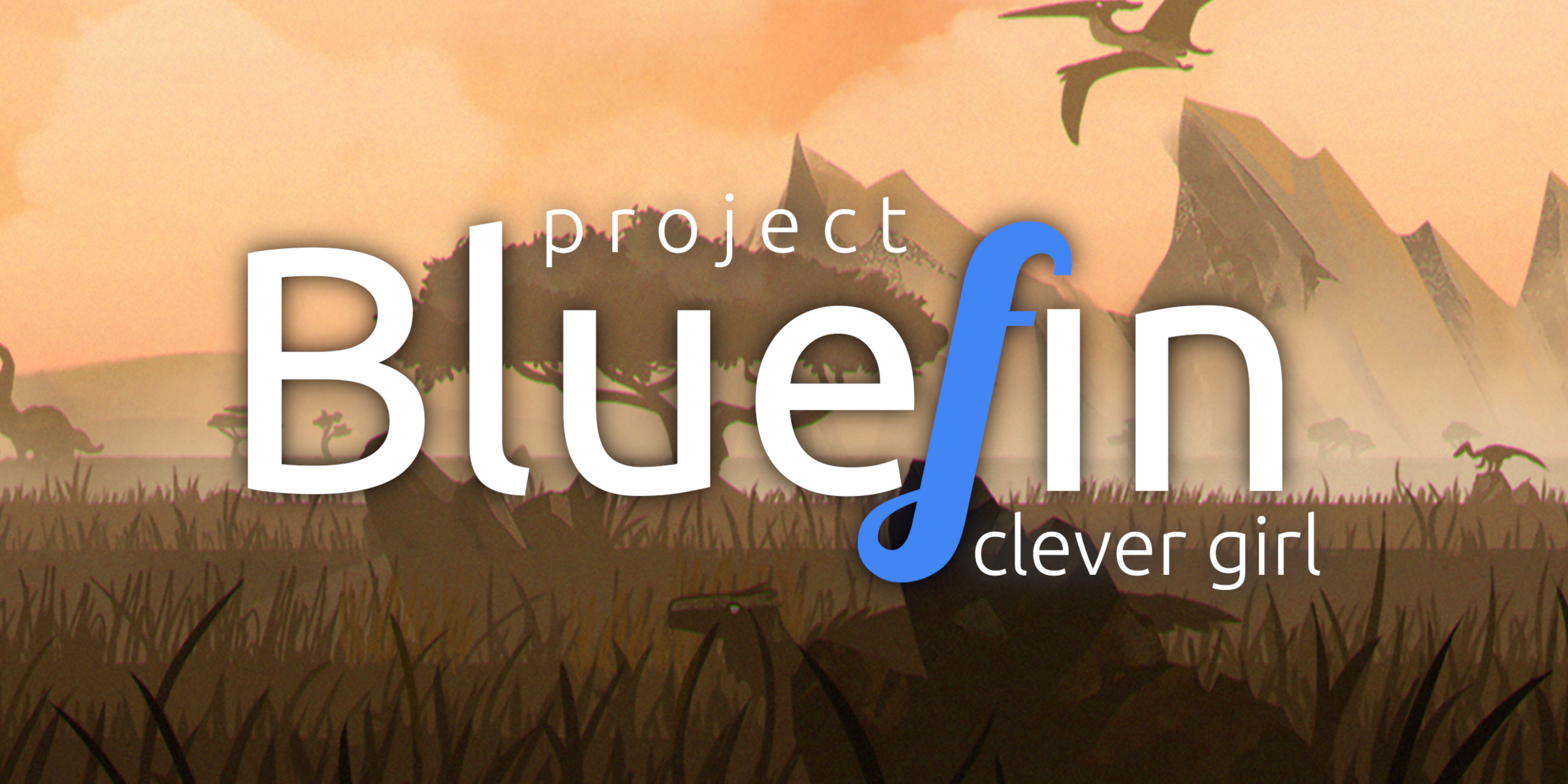OCI images that you can turn into a full-fledged developer workstation shipping Devbox, Nix, Homebrew, devcontainers and DevPod with one command. Pretty swanky!
I have long loooooong ago given up on distro hopping because, at the end of the day, most distros are close enough to each other that it doesn’t really matter which one you choose at the end of the day. These new immutable ones though… They seem cool as hell. I need to give one a go someday.
Same, I found Arch over a decade ago and stopped looking.
I feel like I left arch a decade ago. 😄
It was rough going around the time of the systemd transition and needed something more consistently reliable. I’ve been on Mint ever since.
I’ve been distro hopping a bit lately trying out some immutable distros like nix,fedora kinoite,microos,but I always end up back on arch. I think that settles it and I should just stop,cause distro hopping is a waste of time.
distro hopping is a waste of time.
Very much so. There are limitless things you can do with a computer. Installing a new OS for me falls squarely in the annoying and tedious categories… There are so many more interesting things to put effort into.
I mean, if you are not happy (and dont fear your home getting messed up with configs) you can just rebase an immutable OS to another one, one reboot and you are from GNOME to KDE to Sway to whatever
Distro hopping always leads back to debian
99% of the time, whatever drew you to a shiny new distro could be achieved in debian with minimal effort
Yep, distro-hopping ended for me when I learned how not to break Debian Sid.
(Basically, install apt-listchanges and if an update wants to remove stuff you need without replacing it with newer versions, or throws an error, wait a day and try again)
Can someone ELI5 why this is so great? I watched the video and I hardly get it. (Linux user for 18 years)
Because it uses OCI images, it auto-updates like a Chromebook, and you can switch between modes, like say a gaming mode that’s a full SteamOS replacement, to a mode that gives you an entire development environment without needing to install and configure these layers or stacks of capabilities yourself.
That’s very powerful. For cloud native developers like myself who are used to working with container images as the deliverable artifact, this makes that workflow very easy. Podman is included. You can create entire development environments at will that are totally “pure”: no side effects because everything you need is in the container. That’s a Dev Container.
I’m still having a hard time grasping this, probably because I don’t understand OCI images. How would this be different than say using fedora with docker to spin up containers with stuff I need?
Hmm, well Fedora on its own (so no Silverblue) is very much your classic way of shipping a distro. That tends to mean that, over time, “cruft” accumulates as you upgrade your system, uninstall/reinstall packages, etc. They leave bits of themselves behind that can cause unwanted behavior.
Fedora Silverblue, that Bluefin is based on, treats the entire system layer as “immutable”. Basically, it ensures consistency so that upgrades and package upgrades don’t leave the system in an inconsistent state.
What Bluefin adds on top of this is a set of opinionated, pre-configured layers suited for getting particular groups of tasks done. Those layers are also immutable and tested as a whole, which makes shipping those layers at velocity easy (faster upgrades, less wonky behavior on upgrade) and easy to swap between, so you can go from gaming to developer mode without worrying about an accumulation of cruft.
Is that helpful at all? There’s also this announcement blog post, which I found very helpful in understanding the value proposition.
Yes!! Super helpful. Thank you!
I genuinely don’t understand the value proposition of, over just regular silverblue. As far as I can tell, they have a opinionated desktop setup out of the box, and a shell script that is a bunch of aliases to things you might want.
In the end, it is just an extra layer of testing. Silverblue only provides the base imgaes and confirms its stability. uBlue/bluefin adds the layers on top to the image and tests their stability with the base image before pushing the combined image to users. It is good for people who don’t want to do the layering and want something with those defaults out of the box.
Edit: for clarity, my comment is mostly directed at ublue or universal blue, which is what bluefin is based on.
I think the really value comes from the ability to easily roll new custom images and for the community to collaborate on those images to produce images that require minimal layering after the application locally.
dev oriented distro it looks like? dunno about the net installer aspect… but I’m really new to linux too so maybe it’s a nice feature?
I don’t get it? 🤔
Like most others in this thread, I’m having trouble understanding what this is. Fedora Silverblue with dev-related pre-installed stuff? (rhetorical question)
Their presentation feels like NixOS. You open their webpage and the entire thing is unclear. If even the target audience doesn’t get it, they probably won’t use it out of their own volition or without hand-holding.
Dunno if there are Fedora maintainers on the fediverse or reading this thread, but IMO they should tell their BlueFin team to fix the marketing. Most people don’t get what they’re trying to sell.
If anyone stumbles upon this and was confused like me, I found this link to be a super clear explanation of OCI Linux delivery- https://universal-blue.org/introduction/
Does that site run unusably slow for someone else?
“the next generation cloud-native”
that’s as far as I got. Cloud native is an immediate, non-negotiable red flag for me
They need to work on their branding. “Cloud Native” triggers images of subscription services and data mining. But the idea here is that the whole OS and its components are all sort of containerized, so you can just pull pre-configured “cloud” images that are guaranteed to work out of the box to your machine.
That is one of the dumbest ways I’ve ever seen someone try to connect their product to the cloud buzzword. By that logic all stable linux distros are cloud since you pull the packages with preconfigured sane defaults from the repos.
It’s hard to explain until you’ve used it, but in my experience I think this is much different than a traditional Linux distro. Every other distro I’ve tried has (to some extent) dependencies that can get out of whack, configuration drift that makes it hard to get things to work sometimes, random codecs or drivers or other things you need to install to get a system working as it should, etc. In the “cloud native” model, all the packages, drivers, etc. are built and tested in the cloud. So when they arrive on your machine, they “just work” and updates are handled automatically - it’s great. Maybe not great for tinkerers, but great for regular users who just want to use their computer.
Gnome
Visual studio
Bleh






